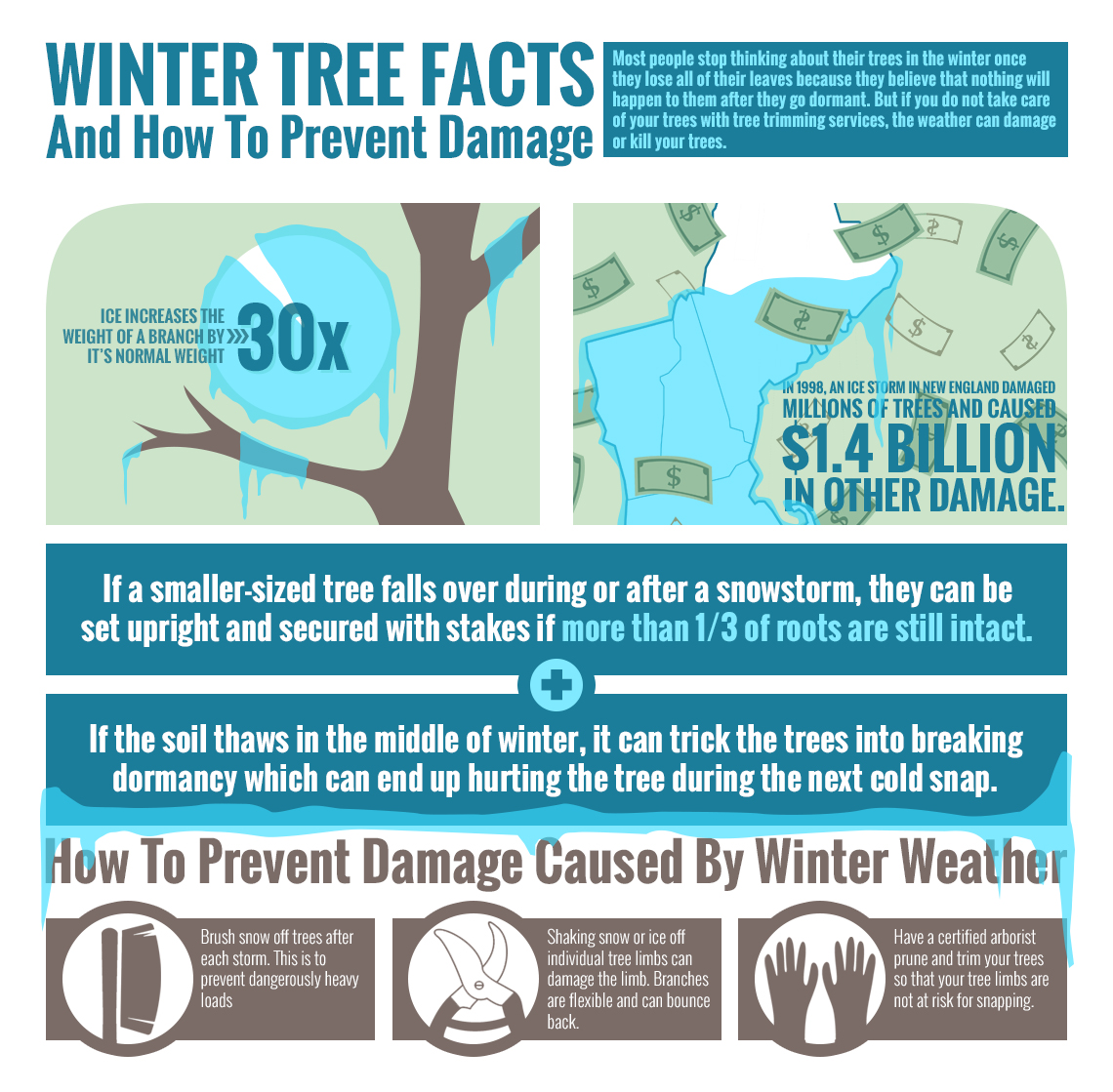Indicators It's Time To Get Rid Of A Tree - A House Owner'S Overview
Indicators It's Time To Get Rid Of A Tree - A House Owner'S Overview
Blog Article
Web Content By-Wright Lu
Trees add beauty and worth to building, but they can likewise posture a danger throughout extreme weather condition occasions. If a tree has actually stopped growing, is displaying visible fungal growth, or has a leaning trunk, it must be eliminated by a professional to stay clear of residential or commercial property damages and injury.
To find out more, participate in a homeowner source fair co-hosted by HPD, the Center for New York City Neighborhoods, and Brooklyn-based real estate partners this evening in Bedford-Stuyvesant. The event will certainly feature the Homeowner Handbook, a new overview to assist home owners browse the responsibilities of having a home.
1. Dead or Perishing Branches
Trees are an indispensable part of your home's landscape, providing color and charm. They additionally offer shelter for wild animals and generate oxygen, yet even healthy trees can experience illness that might require their removal. monique barker or passing away trees aren't just undesirable, they can be unsafe. Their branches could fall during a tornado, leading to expensive home damages and injuries.
When a tree's branches start to die, it suggests that its structure is beginning to break down. If most of its branches are dead, it is likely time to remove it.
Try to find an absence of new growth, bark peeling, open injuries or cavities, fungis growing on the trunk or roots and a general look of decay in the whole canopy. These signs of infection can suggest a serious issue that will certainly require specialist tree solutions to deal with.
2. Leaning Trunk
While it's regular for trees to lean every now and then because of phototropism, if a tree has a dangerous or serious lean that's not because of natural processes - it could be an indication that the tree needs to be removed. If the tree is favoring a power line, home, automobile, play structure or any other location that could be harmful to people if it falls, after that speaking to an expert tree solution for removal need to be a top priority.
It's additionally vital to expect any sudden changes in a tree's leaning as it can suggest damage to the roots or trunk that may result in dropping. This is specifically true during thundercloud, considering that high winds and rain-soaked dirt can create a lean to change rapidly. arborist chainsaw , particularly during and after storms can aid house owners recognize prospective issues with their trees so they can call an arborist for a detailed evaluation.
3. Insect Infestation
Some pest infestations, such as wood-boring pests like emerald ash borer or sap-suckers like scale bugs, are so serious that they can cause a tree to die. The most effective method to avoid pest problem is to monitor your trees on a regular basis. Seek areas, holes, or stainings in the fallen leaves and bark. Take a look at the trunk for fractures and indicators of insect damages, such as passages or tracks.
If a tree ends up being as well ravaged with insects, or is close to a home or power lines, an arborist may advise elimination. If a leaning tree develops a brand-new, unsteady lean, an arborist will likely recommend elimination also to ensure the security of individuals and property. If a damaged or dead tree consistently drops too much branches, it is an indication that it is time to get rid of the tree. If a tree remains to drop branches for an extensive period of time, it could lead to structural problems and possible residential or commercial property damage.
4. Damaged south auckland landscapers are a stunning and integral part of our landscape, however they do call for routine care to keep them healthy and balanced and secure. If a tree is harmed beyond repair it is most likely time for it to find down.
Look for indicators of damages to the trunk, consisting of vertical splits, seams, dead branch stubs, visible wounds or open dental caries and extreme tree-rot. The visibility of fungis at the base of the trunk is an additional advising sign. Fungis might suggest that the phloem and xylem (life-support cells) are endangered, allowing for the spread of condition or a future failing.
Also, consider whether the tree has actually quit expanding. Healthy trees will certainly have new development every year, which might show up as buds or branches growing and extending. If you don't see any brand-new growth, it's an excellent concept to have an arborist examine the tree and follow their suggestion for elimination. A dying or damaged tree can drop and create home damage.